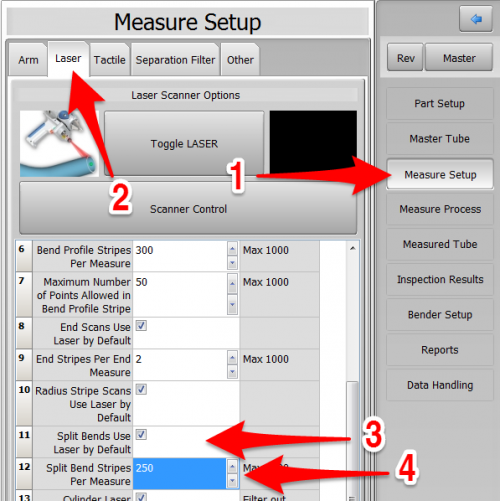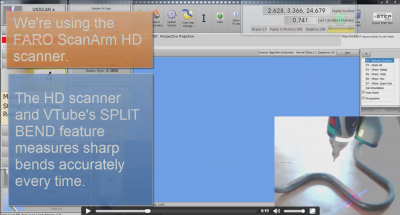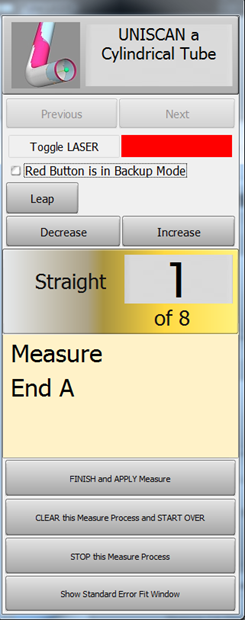Difference between revisions of "VTube-LASER Split Bend Feature"
(→Why Is Split Bend Necessary?) |
(→Why Is Split Bend Necessary?) |
||
| Line 37: | Line 37: | ||
When bend angles reach and exceed 180-degrees, we lose the intersection point between the two adjacent straights<br><br> | When bend angles reach and exceed 180-degrees, we lose the intersection point between the two adjacent straights<br><br> | ||
See the illustration to see why this is the case.<br><br> | See the illustration to see why this is the case.<br><br> | ||
| − | When bend angles reach or exceed 180-degrees, then VTube-LASER must treat the single bend as if it has two intersection points. When this occurs, then VTube-LASER must solve for the centerline formed between the two intersection points in the 180-degree (or greater) bend. | + | When bend angles reach or exceed 180-degrees, then VTube-LASER must treat the single bend as if it has two intersection points.<br><br> |
| + | When this occurs, then VTube-LASER must use the SPLIT BEND method to measure and solve for the centerline formed between the two intersection points in the 180-degree (or greater) bend. | ||
</td> | </td> | ||
<td> | <td> | ||
Revision as of 17:17, 1 May 2017
|
The Split Bend Feature
|
The Split Bend feature is VTube-LASER's unique method of measuring tubes with 180-degree bends or greater with accuracy.
|
Why Is Split Bend Necessary?
|
We invented Split Bend to solve an legacy measuring issue in the tube fabrication.
|
STEP 1: Enter PART SETUP Data
|
Enter the Part Setup data for the new part. Especially enter the PART NUMBER and DEFAULT RADIUS. (You can measure the radius if necessary in Measure Process.) |
STEP 2: Populate the MASTER TUBE DATA Grid
|
Since the Split Bend feature creates a grid based on the number of straights in the MASTER data, it is important to set the number of points that you will be measuring in the reversed tube. |
STEP 3: Configure the Split Bend Window
|
The Split Bend window is on the Bend Setup tab in the MASTER TUBE menu. Click into that window. |
|
|
In the Split Bend window, set any straight that will be treated as a Split Bend. |
STEP 4: Configure the Measure Setup
|
Configure Measure Setup like this:
|
|
|
Continue with the Measure Setup in the Separation Filter menu
|
STEP 5: Measure The Part
|
This step is identical to regular reverse-engineering measuring. |
STEP 6: Choose Build Measured Tube Data Only
|
Because the MASTER data row count is greater than zero, the Measurement Complete window will offer to allow you to ALIGN the measured tube. |
|
|
The new measured tube will appear as a blue tube like this. |
STEP 7: Copy Measured to Master
|
Copy Measured to Master Data in the Data Handling menu. This will overwrite the MASTER data ZEROS with the MEASURED tube data. |
STEP 8: Optional Reset Origin to Zero
|
Some customers prefer to translate the new MASTER data so that the first point is at 0,0,0. |
STEP 9: View the New Master Tube
|
View the new MASTER tube by switching the display of the Master tube on, then redrawing and zooming all. |
STEP 10: Optional Alignment Test
|
This is a cross-check to be sure the process was performed properly. Enter the Inspection Results menu, and press Recalculate for the alignment. |
STEP 11: Save the VTube Project
|
Press the Project Save button in the Toolbar, choose the project save path and filename, and save the VTube Project file. |
Other Pages
- Back to VTube-LASER
- See also Calibration-Leapfrog-Move Targets
- Purchase the targets at the store.


















